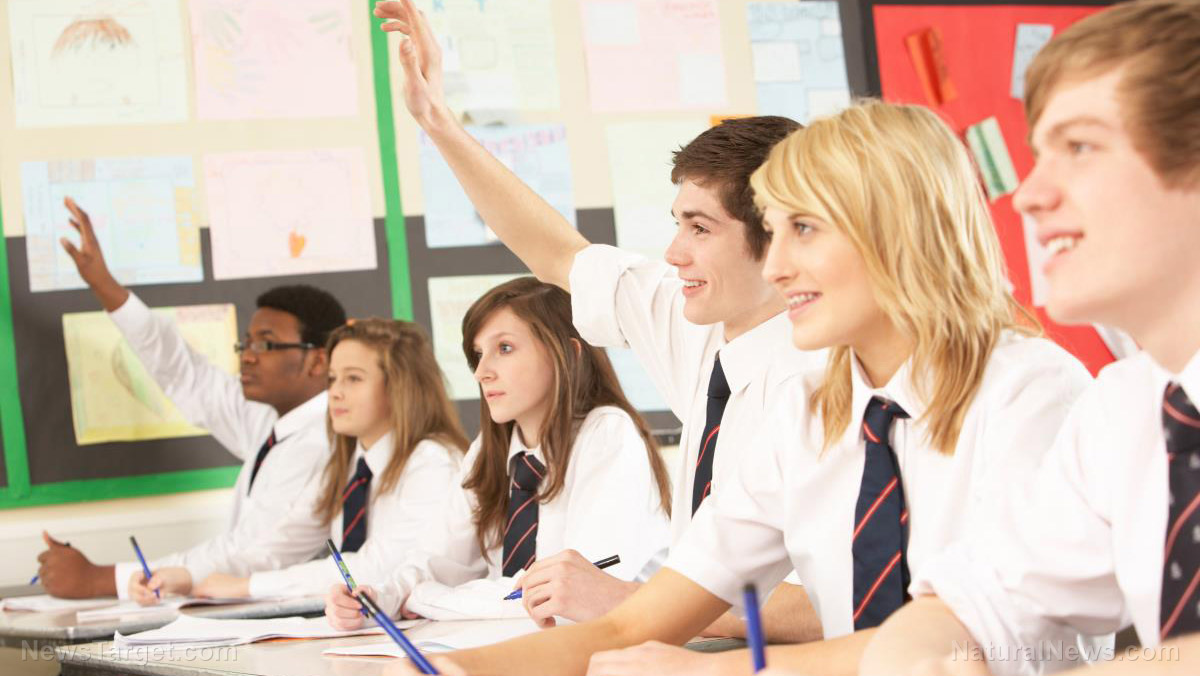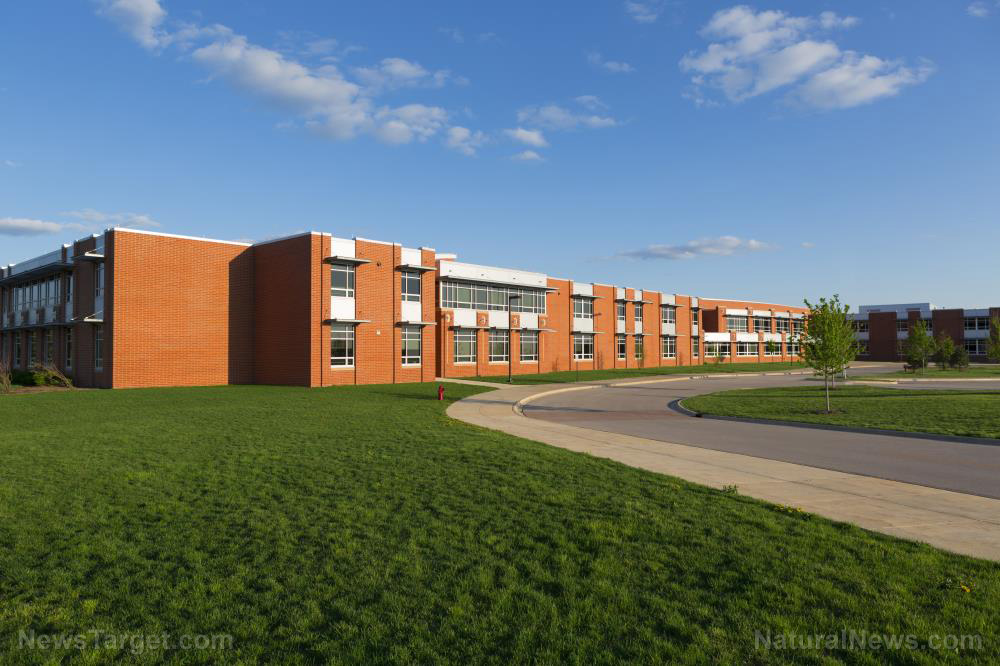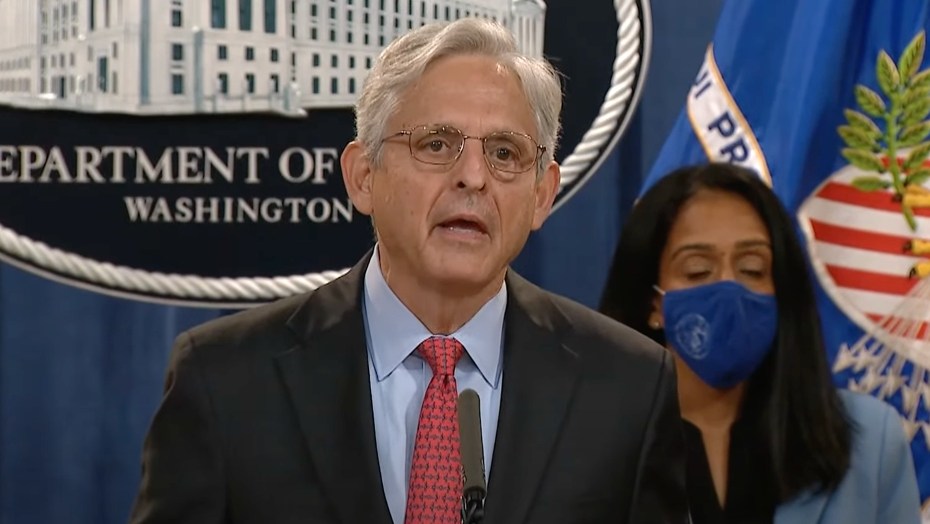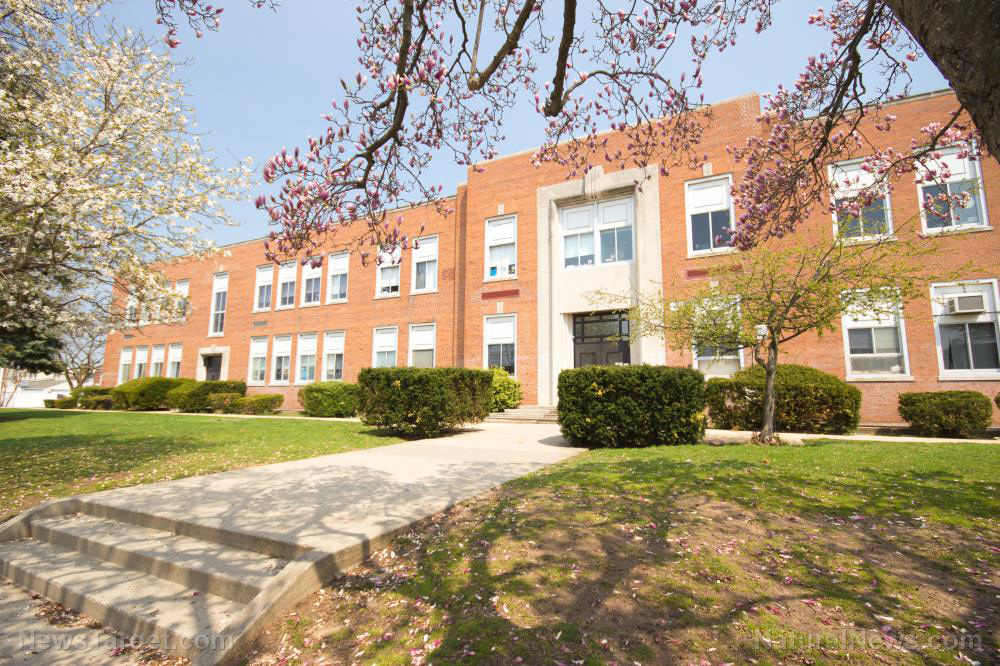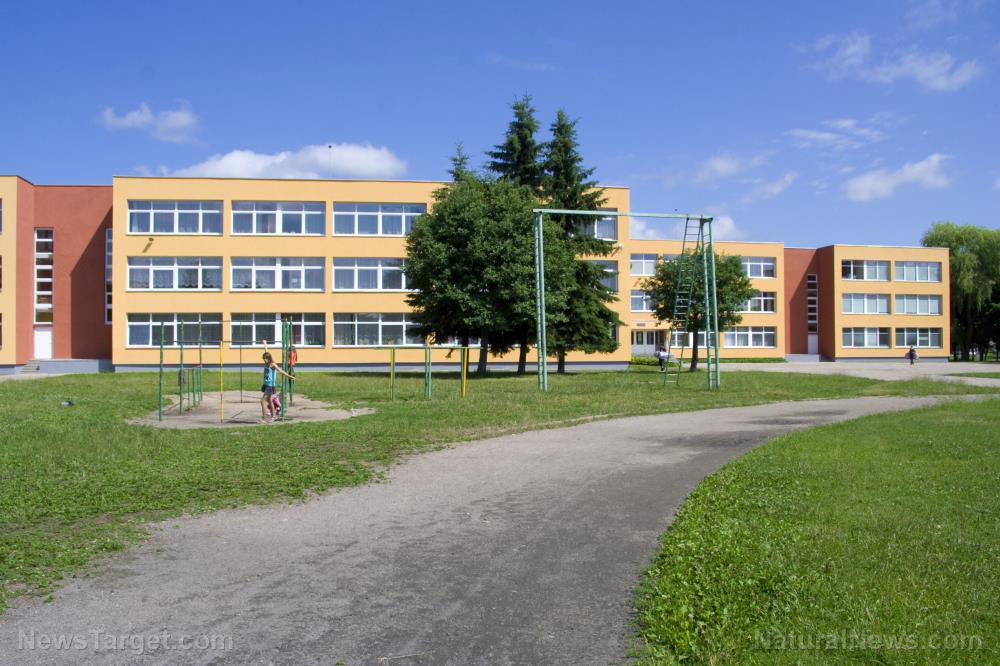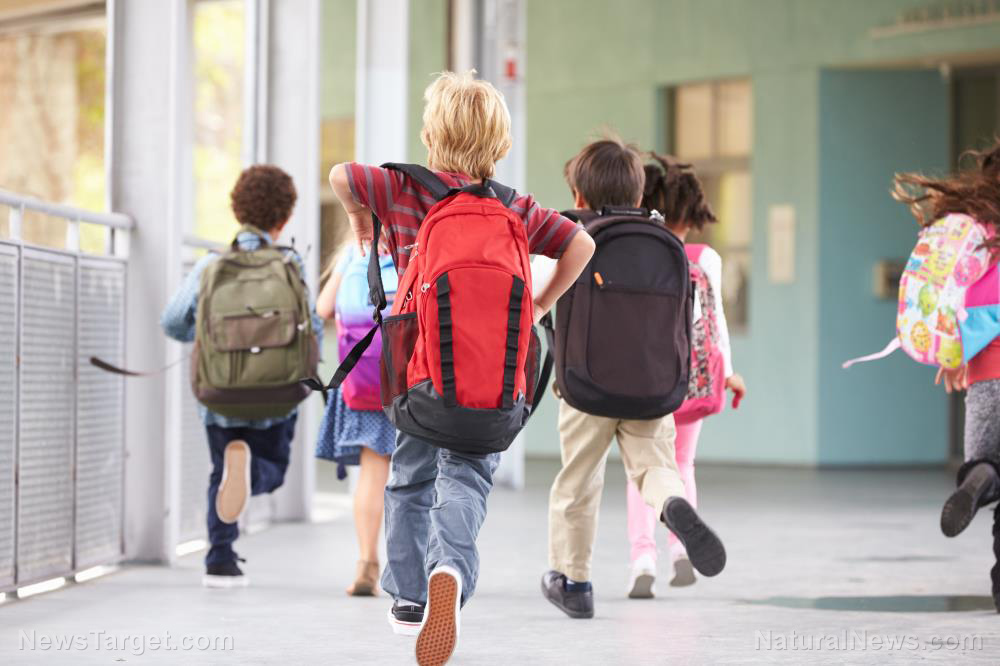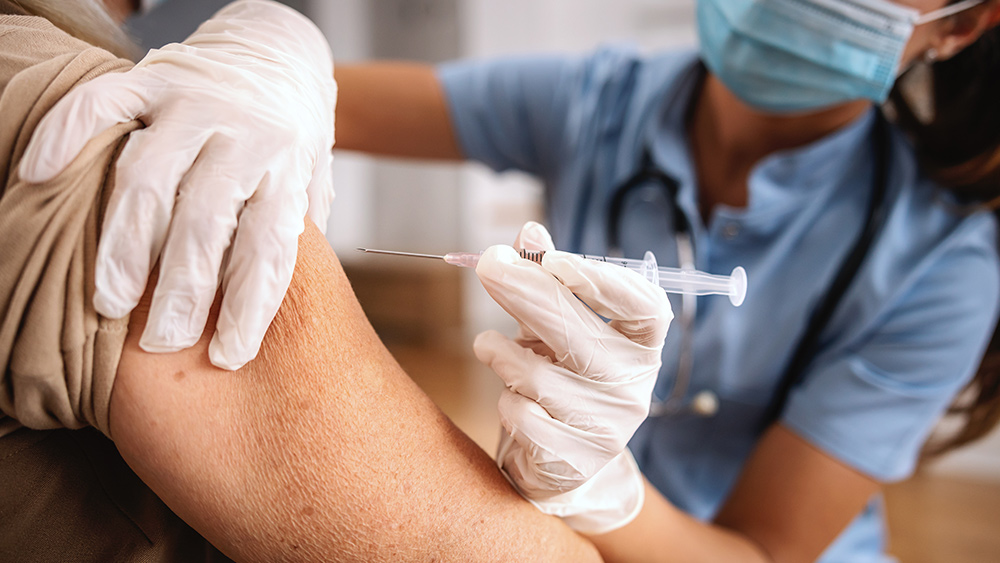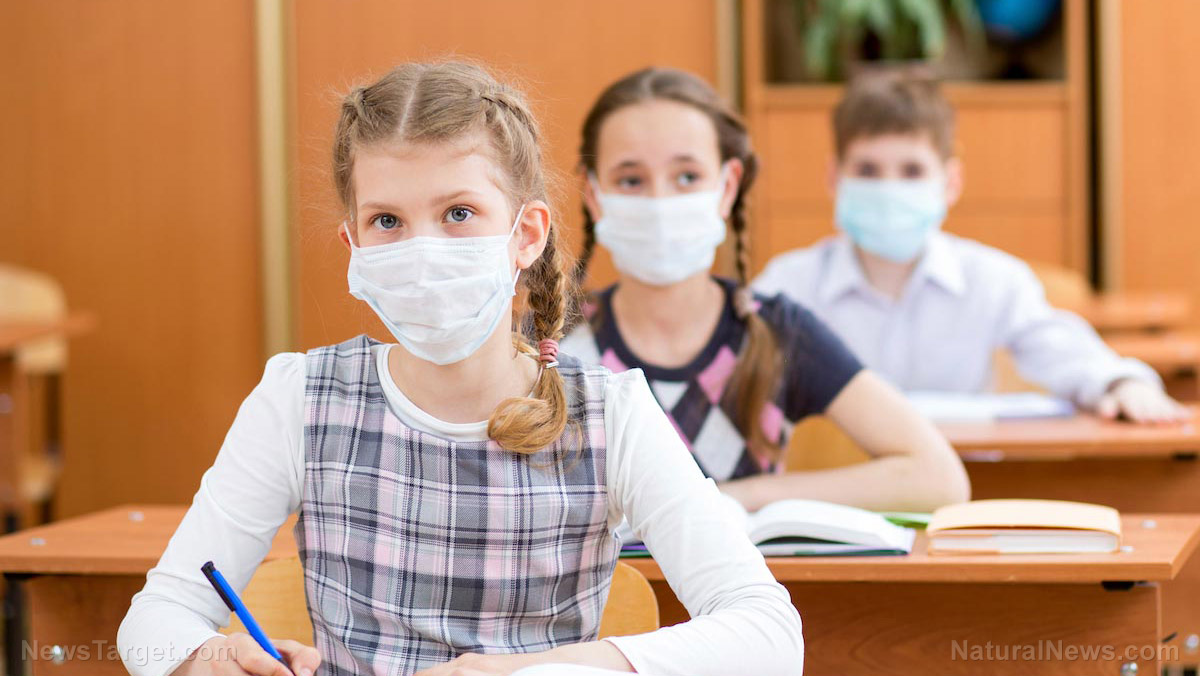More parents report homeschooling their children amid coronavirus pandemic
09/27/2021 / By Divina Ramirez
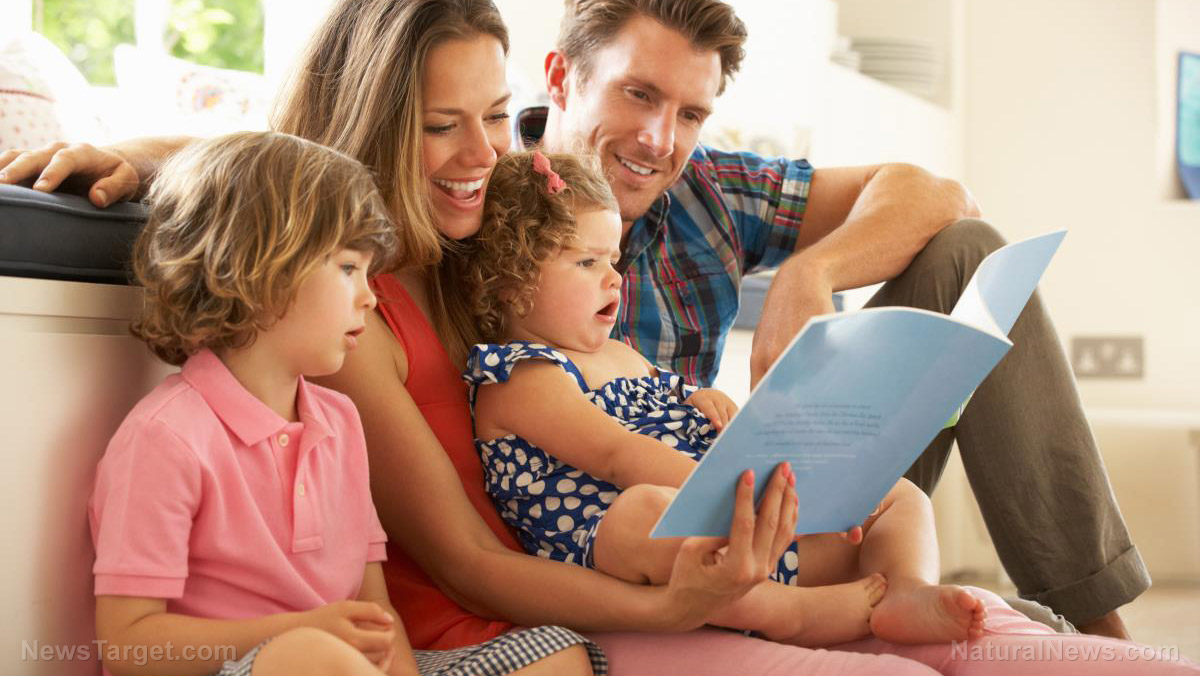
Pandemic lockdowns have led to a huge increase in the number of households that are homeschooling, indicating a shift in parents’ attitudes toward the progressive instructional option. The United States Census Bureau released a report in March showing that homeschooling has doubled during the pandemic.
In particular, the report showed that 11.1 percent of households reported homeschooling. Before the pandemic, about half as many households had been homeschooling school-aged children.
The U.S. Census Bureau’s experimental Household Pulse Survey is the first to offer both a national and a state-level look at the impact of the coronavirus pandemic on homeschooling rates, which have remained steady at 3.3 percent since 2012. The survey used a large, nationally representative sample of U.S. households.
It also distinguished true homeschooling from remote learning through a public or private school.
Homeschooling rates double amid pandemic
Before the pandemic, 5.4 percent of U.S. households with school-aged children reported homeschooling. That figure went up to 11.1 percent between September to October 2020. That change represents a doubling of households that reported homeschooling at the start of the 2020–2021 school year compared to the prior year.
The report also showed that in households where respondents identified as Black, homeschooling increased by five times, from 3.3 percent to 16.1 percent in the fall. This change indicates a shift in the assumption that homeschooling is only for rich, white children.
The report also showed that some states had much larger increases in homeschooling rates for the same school year than others. For instance, the percentage of households that were homeschooling in Massachusetts jumped from 1.5 percent to 12.1 percent during the pandemic.
Possible factors that contributed to that significant jump include local rates of COVID-19 infections and statewide decisions about how schooling will be conducted during the pandemic.
In Washington, the homeschooling rate went up from 6.6 percent to 8.1 percent, a difference of only 1.5 percent. Maryland also saw a small increase, from 4.4 percent to 6.1 percent.
Experts think the increase in homeschooling could mean that many families are not satisfied with what their child’s school has offered them during the pandemic. Michael McShane, director of national research for EdChoice, an American education reform organization, said families are looking for other options.
EdChoice has been polling parents with school-aged children each month since the pandemic started in March 2020. The polls showed that parents developed a more favorable view of homeschooling, which is heavily stigmatized. For instance, people immediately think homeschool children won’t have any social skills.
Homeschool curriculums are also often seen as less rigorous than those of public schools. However, the former can be just as, if not more, difficult than the latter. (Related: Learning at home: Understand the basics of homeschooling for preppers.)
But as parents and students were forced home because of the pandemic, parents were allowed the opportunity to be more hands-on with their children, helping them learn from home during a time of great uncertainty. “[Parents] are finding out [that] we do not need a government teaching license to be effective teachers,” added Brian Ray, president of the National Home Education Research Institute (NHERI).
“We do not need $12,000 of our neighbor’s tax money for our children to learn. We do not need the professor-created curriculum,” said Ray. Children also do not need to be around 27 peers for six hours a day to be properly socialized. Both parents and their children could use that time instead for family time.
Most families are now experiencing the flexibility, stability and safety that the home environment offers. Homeschooling also allows children to learn at their own pace while exploring their interests, remarked Michael Donnelly, director of global outreach for Home School Legal Defense Association (HSLDA).
To sum up, the survey shows that more parents are choosing to homeschool their children, even as the COVID-19 pandemic starts to slow down. Only time will tell if this new trend will hold, especially now that many schools in the country have reopened for in-person learning after a year of being closed.
Learn more about how parents and their children are navigating post-pandemic schooling at Pandemic.news.
Sources include:
Tagged Under: children, Coronavirus pandemic, covid-19 pandemic, education, freedom, home school, home schooling, homeschooling, liberty, Parental rights, parenting, parents, public schools
RECENT NEWS & ARTICLES
COPYRIGHT © 2018 PUBLICEDUCATION.NEWS
All content posted on this site is protected under Free Speech. PublicEducation.news is not responsible for content written by contributing authors. The information on this site is provided for educational and entertainment purposes only. It is not intended as a substitute for professional advice of any kind. PublicEducation.news assumes no responsibility for the use or misuse of this material. All trademarks, registered trademarks and service marks mentioned on this site are the property of their respective owners.






